Sustainable Fabrics & their Impact on Environment
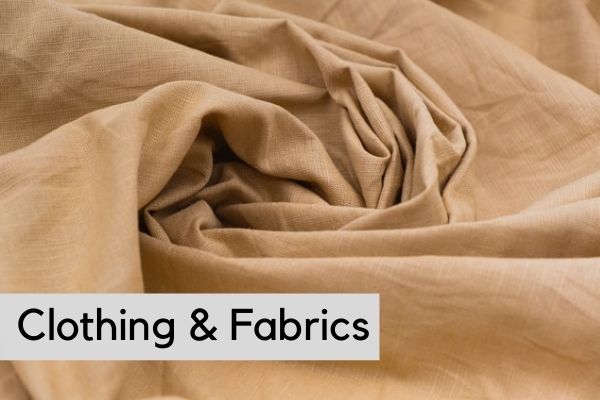
Fabrics created from environmentally friendly resources, such as sustainably cultivated fibre crops or recycled materials, are referred as sustainable fabrics. It also refers to the fabrics that are manufactured using sustainable practices. Let us discuss about the different types of sustainable fabrics and its impact on the fashion industry.
Benefits of Sustainable Fabrics
1.Skin-friendly
Sustainable fabrics are made using organic farming methods that does not appreciate the use of pesticides and fertilizers. It also avoids the use of harmful chemicals in various stages of cloth manufacturing. This makes sustainable fabrics skin friendly and it is good for our health.
2. Spreads the message of sustainability
Talking about sustainable fabrics and its impact we can see it promotes a social message to its customers. It enhances the importance of adopting a sustainable consumer and fashion culture. It also highlights the effect of fashion industry on our environment. As one customer starts preferring sustainable fabrics it becomes a chain culture.
3. High quality products
High quality and a superior product are linked with sustainable fabrics. Eco-friendly fabrics are softer, stronger, and longer-lasting. Sustainable clothing, in fact, ensures that you won’t have to be buying new clothes frequently.
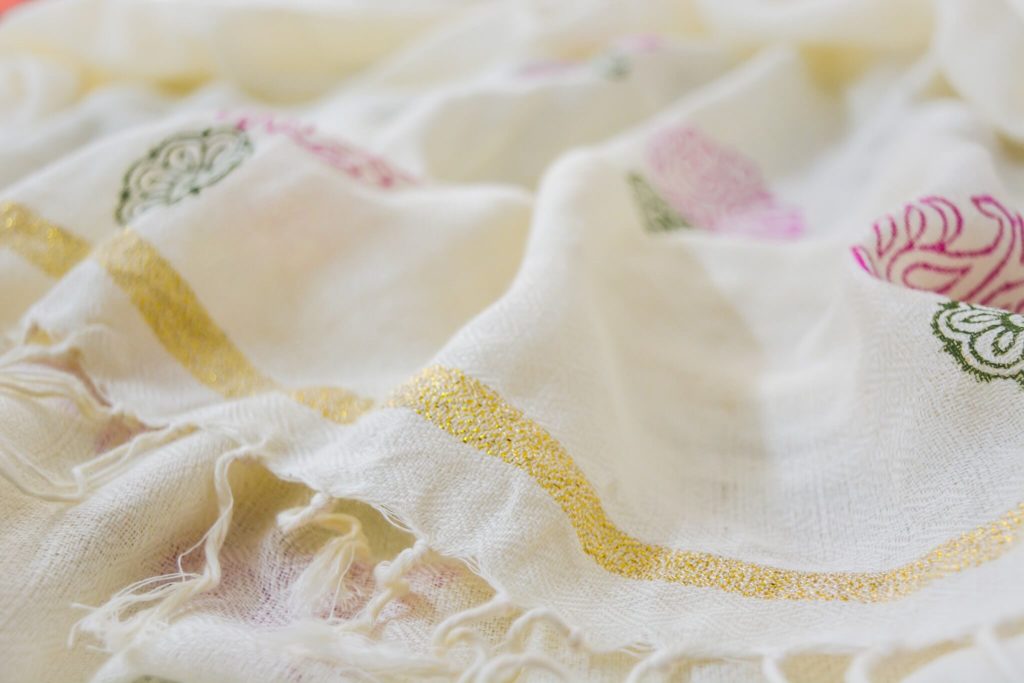
4.Good replacement for synthetic fabric
Synthetic fabrics are the major reason that boosts the fast fashion industry. Due to its cheap manufacturing and labor wages it has earned high profits. But its effect includes water and air pollution. It also leads to dumps of unused clothes. The most dangerous contribution of synthetic fabrics are microplastics.
5. Eco-friendly
Unsustainable fashion contributes to carbon dioxide emissions, pollutes the soil, and fills landfills with plastic. Chemicals used to color garments and protect cotton from pests will damage water, soil sub-layers, and air at the same time. Hence these effects can therefore be avoided using sustainable fabrics.
Most commonly used Sustainable Fabrics
Let us see some of the commonly available sustainable fabrics:
1. Organic Cotton
Organic cotton refers to the cotton that has been grown naturally without the use of synthetic agricultural agents like fertilizers, pesticides, or transgenic technologies. It was first planted in the 1980s as a means of ensuring sustainable, environmentally friendly, and biodynamic agriculture. Organic cotton is better for the environment than the cotton grown conventionally. Organic farming produces healthy soils that act like sponges, soaking up water during floods and retaining it longer during droughts.
To prevent pests and illnesses, organic farmers employ natural methods such as crop rotation. Hazardous synthetic pesticides used in non-organic farming can harm ecosystems, poison waterways, and put employees in risk who cannot always afford the necessary safety equipment. Conventional cotton alone accounts for 16% of all insecticides sold around the world.

2. Bamboo Fabric
Bamboo fabric also known as bamboo rayon, bamboo yarn, retting, bamboo linen etc. It’s composition consists of semi-synthetic viscose cellulose extracted from bamboo fibers. Main applications include household and textiles. China is the biggest exporter of organic bamboo. The main advantage of organic bamboo is that it can be harvested without destroying the plant. It can renew itself very fast.
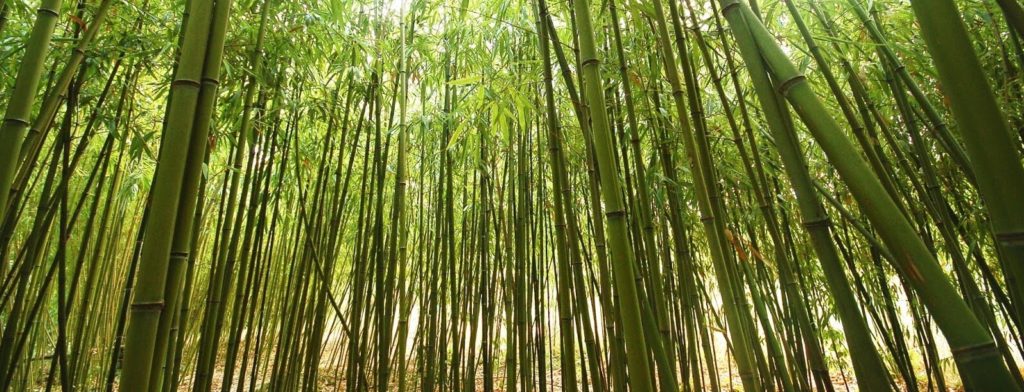
Bamboo fabric of the highest quality is produced using non-cellulose extraction methods. Instead, crushed bamboo wood fibers are treated with a natural enzyme before being washed and spun into yarn. The fabric produced by this method is commonly referred to as bamboo linen since the yarn has a smooth touch. When bamboo fabric is made with this method, it is not environmentally harmful, and the resulting textile is strong and long-lasting.
3. Econyl
ECONYL, developed by the Italian company Aquafil, recycles and regenerates synthetic waste from the oceans, such as industrial plastic, waste fabric, and fishing nets, into a fresh nylon yarn of the same quality as virgin nylon. This regeneration system consists of six processes that form a closed loop, using less water and producing less waste than typical nylon manufacturing methods. Waste is collected, cleaned, and shredded before being depolymerized to remove nylon, polymerized, spun into yarn, and re-marketed as textile products.

4. Lycocell
It is also known as Tencel. It’s composition mainly consists of wood cellulose and synthetic substances. Lyocell is a semi-synthetic fabric that is frequently used as a cotton or silk alternative. This fabric is made mostly of cellulose extracted from wood and is a type of rayon. Lyocell production is also environmentally friendly because it uses less water than other fabrics. Whether wet or dry, Lyocell fabric is extremely durable. It can also be simply be combined with different textiles.
5. Modal
Modal fabric is a bio-based fabric manufactured from spinning cellulose from beech trees. Because beech trees don’t require much water to develop, modal is typically considered a more environmentally friendly option to cotton. The manufacturing process consumes roughly 10-20 times less water. Beech tree fiber is extraordinarily soft and feels like silk when worn; it has double the softness of cotton and feels wonderful against the skin.
Modal fabric is exceptionally durable and retains its form and finish even when washed frequently. Modal clothing do not trap perspiration or odors like garments made of synthetic fibers like nylon and polyester. It is completely biodegradable. It also needs minimum ironing and remains smooth. The flexibility of Modal makes fabric excellent for t-shirts and sporting clothing.
6. EcoVero
EcoVero is a viscose derived from controlled sources of sustainable wood. Lenzing, an Austrian firm, manufactures it. The trees used to make the fabric are grown in forests near Lenzing’s manufacturing sites, resulting in a 50% reduction in CO2 emissions from transit. It also has a lower environmental impact than typical viscose production.
The cloth is really soft and silky to the touch. In water, the material may absorb four times its weight. Because they are breathable, they are ideal for summer clothing. Fabric certification from Lenzing ensures supply chain transparency, ensuring that the textile’s origin, production, and disposal can all be tracked.
7. Pinatex
Pinatex is one of the sustainable replacement for leather. It’s essentially a byproduct of the food industry, manufactured from discarded pineapple leaves that would otherwise be burned. Even when often coupled with wood-based PLA, it reduces waste and can biodegrade organically.
The acceptable plant leaves that are left behind after pineapple harvest are collected in bundles, and the long fibers are removed using semi-automatic equipment. A purification procedure removes any contaminants from the dry fibers, resulting in a fluff-like material. To make Pinafelt, this fluff-like pineapple leaf fiber (PALF) is blended with a corn-based polylactic acid (PLA) and put through a mechanical process. In addition, over 1000 firms globally, including Hugo Boss, H&M, and the Hilton Hotel Bankside, have used Pinatex in fashion, accessories, and upholstery.
8. Woocoa
Woocoa fur is created from leftover coconut fibers from the food industry and hemp fibers. The resultant fur is perfect for the textile industry since the coconut fibers are hygroscopic, warm, and naturally antibacterial, while the hemp fibers are robust and easy to dye. We get a soft, high-quality cloth by rotting the fibers in a controlled environment. The fiber is long-lasting, dyeable, and environmentally friendly, as well as flexible, elastic, and moisture-wicking. It is made in a cyclical and regenerative manner.
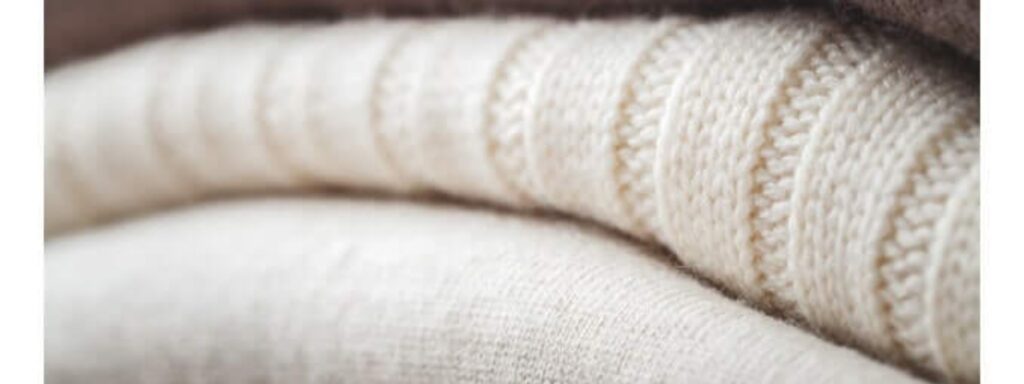
9. Cupro
It is also known as Cuprammonium rayon, cupra, ammonia silk, Bemberg etc. It is composed of recycled cotton (or other plant) cellulose exposed to copper, ammonia, and caustic soda to result in a semi-synthetic textile substance. Improper disposal of these chemicals is hazardous. Cupro isn’t entirely synthetic, but it’s also not a natural fiber. Natural cotton fibers are treated with chemicals, similar to lyocell and modal, to create a semi-synthetic fabric.
The chemical structure of cellulose in cotton or any other plant product changes substantially when subjected to ammonia, copper, and caustic soda, making Cupro yet another Chinese rayon derivative advertised as a natural or recycled fiber. It is one of the least sustainable fabric.
10. Qmilk
A milk protein called Casein is used to create Qmilk, a novel fabric. It resembles wool. First, casein is dried and combined with other substances such as beeswax, wheat, water, and so forth. Fibers are formed by pressing the resulting form. Which is subsequently spun into yarn. It’s a semi-synthetic material. Natural and renewable materials were utilized in the manufacturing process. Biodegradable fiber is used. There are no CO2 emissions because no formaldehyde is utilized. It’s a lightweight fabric that’s easy to dye.
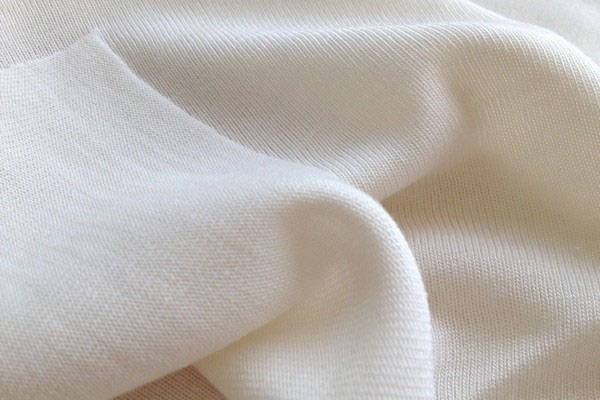


Need sustainable fabrics for Police uniforms. Contact: shhimpy@daksindia.com
Nice Information for sustainable fabric detail.
eco friendly fibrics
Hi,
I am a Apparels manufacturer and exporter. I am looking for sustainable fabrics which can be used for women’s wear. If you can supply, please connect.
First of all, congratulations for useful information about sustainable textiles. You may provide an information of sustainable yarn/fabric supplier/manufacturers in India . Basic information covered and needs more and more information to be added from time to time [request].